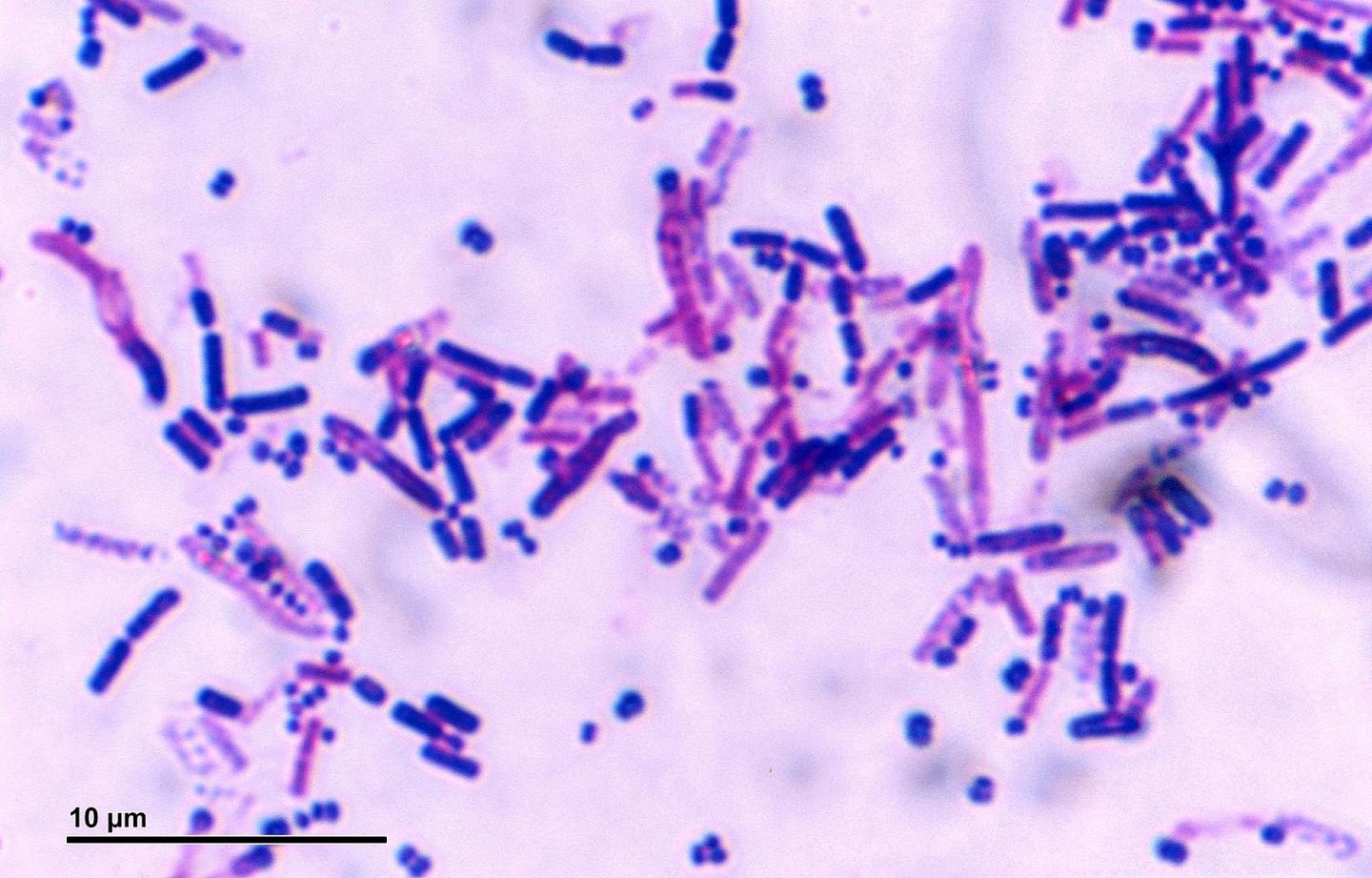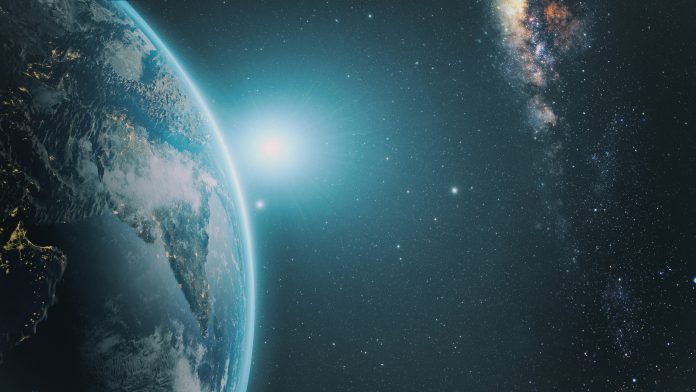When it comes to finding ‘alien’ life on other planets, scientists have a new theory – that extraterrestrial life is completely different to Earth-life, so finding biosignatures may not be as important as previously thought
A Japanese and North American team, led by the Earth-Life Science Institute (ELSI) at the Tokyo Institute of Technology, have developed a machine learning technique which can analyse organisms using mass spectrometry – to figure out if they are living or not.
Search for ‘alien’ life ongoing since 1976
In 1976, NASA sent the Viking 2 mission to Mars.
Right now, scientists are scanning the skies for radio signals from potential civilisations in deep space, looking at the atmospheric composition of planets that have stars somewhat similar to the Sun, looking at sediment samples from planets and using geology to calculate which places could theoretically sustain life as we know it.
Exciting missions such as NASA’s Perseverance rover will look for life this year on Mars; NASA’s Europa Clipper, launching in 2024, will try to sample ice ejected from Jupiter’s moon Europa, and its Dragonfly mission will look to land an “octacopter” on Saturn’s moon Titan starting in 2027.
These missions will try to answer the question of if we are alone in the universe.

© Josef Reischig
But, what if scientists are looking for the wrong thing?
Currently, investigations on the potential of ‘alien’ life on other planets is based on what is known of how life on Earth works. So, what if extraterrestrial life looks significantly different to what scientists normally describe as living?
Viking 2, back in 1976, gave some confused signals. Some of the tests suggested positive signals for life – but not life as humans currently know it. The Mars Curiosity rover that touched down in 2021 has also found some interesting evidence of organic compounds.
Another fear plagues scientists when trying to untangle what ‘alien’ life is versus what is unliving. How can they tell if signals detected in ancient terrestrial samples are from the original living organisms preserved in those samples or derived from contamination from the organisms which are on Earth?
Scientists at the Earth-Life Science Institute at the Tokyo Institute of Technology in Japan and the National High Magnetic Field Laboratory (The National MagLab) in the US attempted to address this issue with a combined experimental and machine learning computational approach.
How Mass Spectrometry can solve the identification problem
Using ultrahigh-resolution MS (a technique known as Fourier-Transform Ion Cyclotron Resonance Mass Spectrometry (or FT-ICR MS)) the scientists measured the mass spectra of a wide variety of complex organic mixtures.
This mix of samples included:
- Those derived from abiological samples made in the lab (which they are fairly certain are not living);
- Organic mixtures found in meteorites (which are roughly 4.5 billion-year-old samples of abiologically produced organic compounds which appear to have never become living);
- Laboratory-grown microorganisms (which fit all the modern criteria of being living, including novel microbial organisms isolated and cultured by ELSI co-author Tomohiro Mochizuki);
- And unprocessed petroleum (or raw natural crude oil, the kind we pump out of the ground and process into gasoline, which is derived from organisms which lived long ago on Earth, providing an example of how the “fingerprint” of known living organisms might change over geological time).
Co-author Huan Chen of the US National MagLab said: “This work opens many exciting avenues for using ultra-high resolution mass spectrometry for astrobiological applications.”
The researchers fed their raw data into a computer machine learning algorithm. Incredibly, the team found that the algorithms were able to accurately classify the samples as living or non-living with around 95% accuracy.
Co-author Jim Cleaves of ELSI commented: “This sort of relational analysis may offer broad advantages for searching for life in the Solar System, and perhaps even in laboratory experiments designed to recreate the origins of life.”











